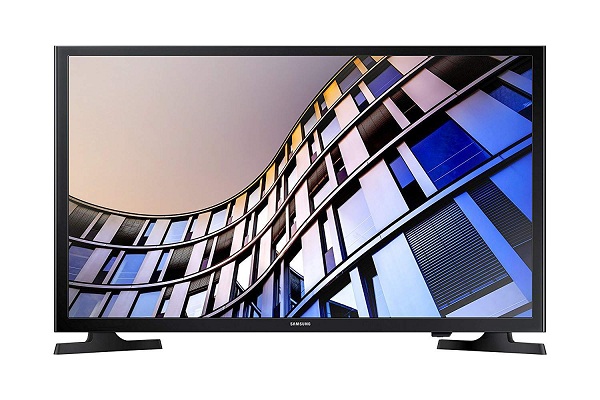5 Features to Consider While Choosing the Best 32-inch TV
32-inch TVs are a classic example of bigger doesn’t necessarily mean better. These televisions are coming loaded with various features and specifications, which are available at pocket-friendly prices. Here are a few features to factor in while choosing the best 32-inch TV:
- Smart TV vs. Regular TV
Smart TVs are currently in vogue. Pretty much like smartphones, they are preloaded with an operating system, which could be GoogleTV, Android, Tizen, etc. They allow you to stay connected to the internet and view online content and even install games and applications on the device.
Although Smart TVs offer a more wholesome user experience, they are heavier on your pocket. For instance, a 32-inch Smart TV would be equivalent in price to a 42-inch regular TV. So if you’re on a tighter budget, you could settle for a regular TV instead.
- Screen Resolution
4K, Full HD, HD Ready – the options are endless. These jargons are related to the screen resolution of your TV. It is normally considered that a higher resolution indicates a clearer picture quality. 4K offers a resolution of 3840 x 2160 while Full HD and HD offers 1920 x 1080 and 1366 x 768 respectively.
However, in a small or 32-inch TV, you can get crisp image quality at HD resolution, and anything above it may seem like overkill. A resolution of 1366 x 768 can easily meet your requirements and paying more for a higher resolution may not feel justified.
- IPS vs. VA Panel
LED-backlit TVs make use of two types of LCD panels, namely – In-Plane Switching (IPS) and Vertical Alignment (VS). While they’re both LCDs, they serve a different purpose. IPS is more suited for those who may be watching TV from different angles. On the other hand, VA is apt for those who do not have any need for a wider viewing angle. Viewing angle basically is the angle at which you can view the TV without experiencing any drop in picture quality.
Both the technologies serve different purposes, so here’s what you can do: if you are setting up your television in a large room where the viewers may be scattered, you should go for an IPS display for higher visibility for wide viewing angles. VA display TVs are fit for offering good quality images in smaller and darker rooms with limited viewing angles. Also, VA TVs have a higher response time, making them ideal for gaming.
- Connection and Port Availability
The most understated feature that users miss out on is checking are the connectivity ports available on the television. At present, HDMI is the commonest port available for connecting to the TV. HDMI offers high-quality audio and video output. Composite and USB ports also offer a wider variety in establishing connections.
Ensure that your TV has at least four functional HDMI ports that are evenly spaced out. These will allow you to comfortably connect to several devices, such as gaming consoles, set-top boxes, monitors, etc., without having to switch the wiring and connections.
- Presence of Streaming Services
Streaming services are slowly eclipsing the traditional cable services. The biggest advantage that streaming services offer is convenience. You can catch up on the show of your liking as per your availability and speed. A number of smart TVs have pre-installed apps for Amazon Prime, Netflix, and the likes.
However, it is not necessary that only a Smart TV will allow you to enjoy streaming services. You can connect your laptop using an HDMI cable and stream video and audio content directly to your TV. Furthermore, devices like Google Chromecast, Roku Streaming Stick, and Amazon Fire Stick will carry out similar tasks and more, which includes mirroring any device screen.
Leo Smith is a self-professed security expert; he has been making the people aware of the security threats. His passion is to write about Cyber security, cryptography, malware, social engineering, internet and new media. He writes for Norton security products at norton.com/setup.
Post Your Ad Here


Comments